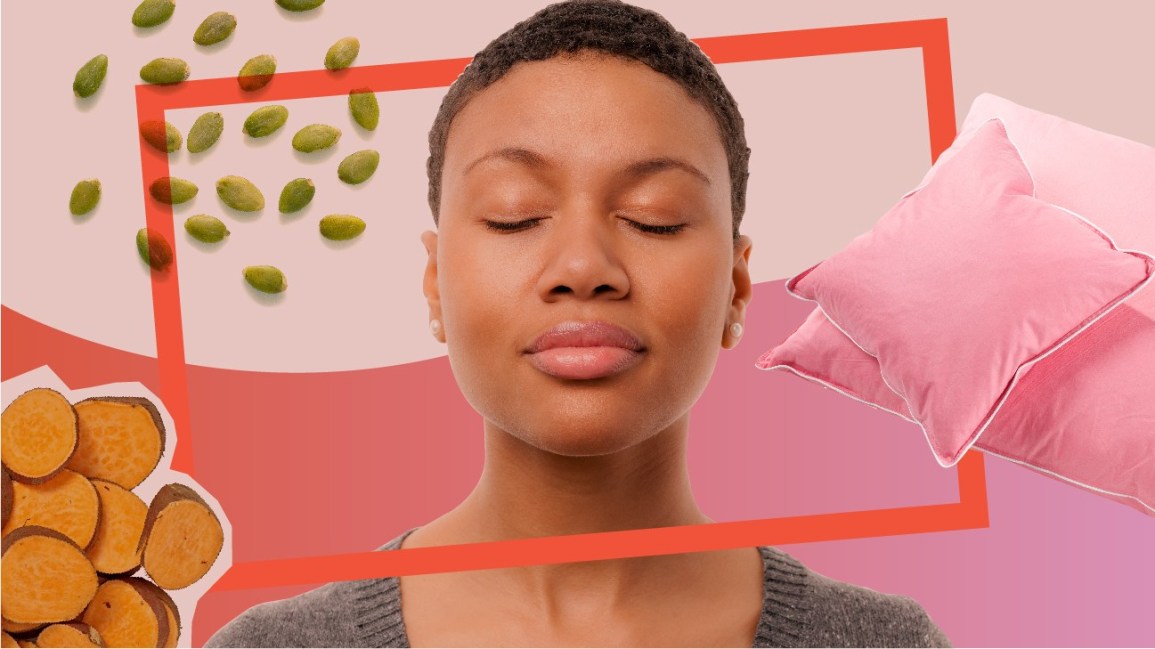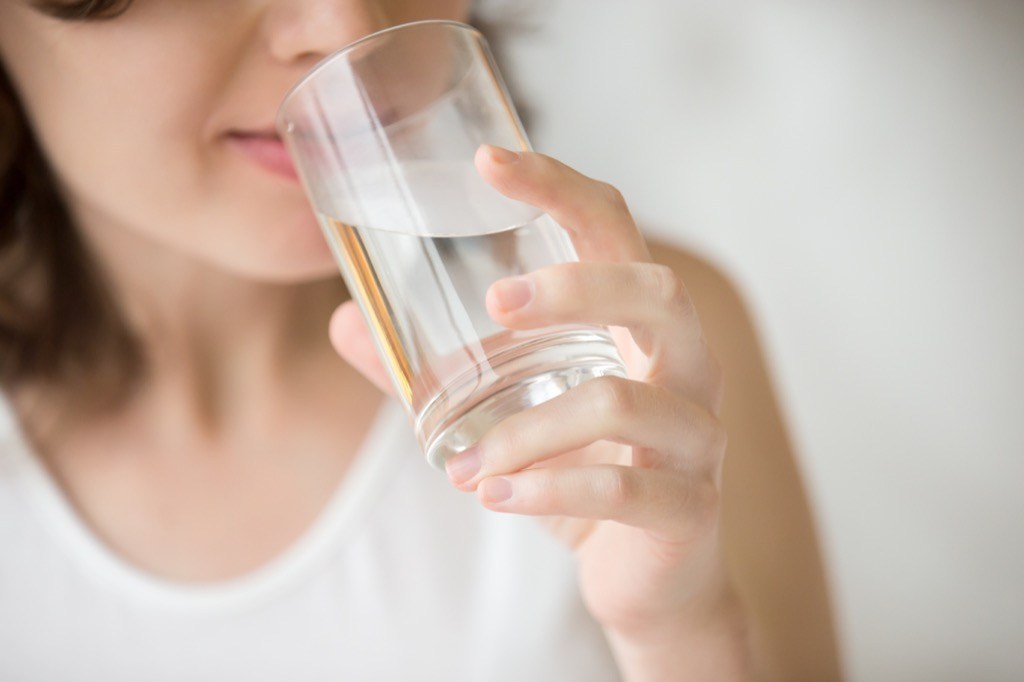What Kind Of Moisture Does Your Skin Need?

The winter months can take a serious toll on our skin, affecting both its health and physical appearance. Because the winter season brings a severe drop in humidity levels, the moisture content in the surrounding atmosphere becomes much lower than the amount of moisture retained in your skin. This results in rapid water loss from the skin, leaving the skin’s precious moisture barrier compromised. An eroded moisture barrier can then cause all sorts of trouble: giving you itchy, flaking, irritated skin, and leaving it prone to attack by viruses and nasty bacteria from the atmosphere.
So how do we go about preventing moisture loss from the skin? With thousands of toners, serums, creams, ointments, and moisturizing balms on offer, it can be a little tricky to work out a skincare routine that effectively delivers the right kind of hydration to parched skin. Lucky for you, we’re here to help! With a handy guide to help you navigate through all the ingredients that you really need during the winter, you can curate a simple yet effective set of moisture staples that will keep your skin nourished and protected through the winter season.
Any product that promises hydration will include either a humectant, an emollient, an occlusive – or even all three. The tricky bit is that skin benefits from all three, but your skin’s needs change depending on your skin type, skin condition, environment, diet and the weather. To figure out what’s best for your skin, first it’s important to know your skin type and skin condition.
Dry versus Dehydrated skin
To adequately cater to your skin’s moisture-needs, figure out whether you have dry or dehydrated skin. Both dry and dehydrated skin can feel similar in terms of texture, but both require different skincare solutions, so it’s important that you learn to distinguish between the two. Here’s how you can tell whether you have dry or dehydrated skin.
Dry skin usually lacks the lipids, or naturally-occuring fatty molecules in the skin that help give it that smooth, plump, moisturised appearance. This can be fixed with topical skincare that contains lipids, ceramides, squalane, and/or amino acids.
Whereas people with dehydrated skin will find that their skin feels parched and rough to the touch. This is because dehydrated skin lacks water - which is essential for maintaining the skin’s turgidity. People with dehydrated skin should ideally incorporate humectants in their routine (more on this later!), which are responsible for attracting moisture into the skin to keep skin hydrated at all times.

Identifying your skin type is the first step towards effectively targeting your skin’s exact moisture needs. Remember, just because a product promises moisture and hydration doesn’t necessarily mean it’ll target a problem that’s specific to your skin! Here’s a quick rundown on everything you need to know about moisturizing ingredients, and what each one will do for you.
- Humectants
Humectants are ingredients that will attract water into your skin, which helps replenish depleting moisture and actually ensures that your skin remains hydrated. If you have dehydrated skin, look out for humectants such as hyaluronic acid and glycerin to keep your skin hydrated and supple throughout the day. Humectants should be applied to wet skin to maximise benefit but they aren’t hydrating enough on their own - they need to be sealed in with occlusives soon after applying so that the water doesn’t evaporate out of your skin!
- Occlusives
Even with the application of a humectant, you will still require a protective layer on the surface of your skin to keep all that moisture from evaporating into the air. That’s where occlusive come in. While they don’t actively transport moisture into your skin, they keep water from going out and prevent dehydration. Occlusives work by creating an impenetrable layer on top of the epidermis that physically prevents water loss, so they make your humectants work harder. Examples of occlusives are silicone and beeswax. An occlusive should ideally be used after a humectant to optimize hydration and moisturizing action.
- Emollients
Finally, emollients are ingredients that mimic the function of the sebum that is naturally produced by the sebaceous glands deep within the skin. They go smoothly onto the skin, making it soft and smoothing out any rough and dry patches that you might have. Emollients are usually fatty molecules and lipids that help repair and strengthen your skin’s natural moisture barrier. If you suffer from sun damage, skin that’s been over-exfoliated, or even if you’re just looking for a little anti-aging action, you definitely want a moisturizer that contains good emollients like ceramides and dermal lipids to repair epidermal tissue and trap moisture in between skin cells – which will keep your skin looking supple and youthful. Look out for ingredients like parkii (shea) butter, tocopherol (vitamin E), and squalane if you’re looking for a product that will provide emollient action.




Comments